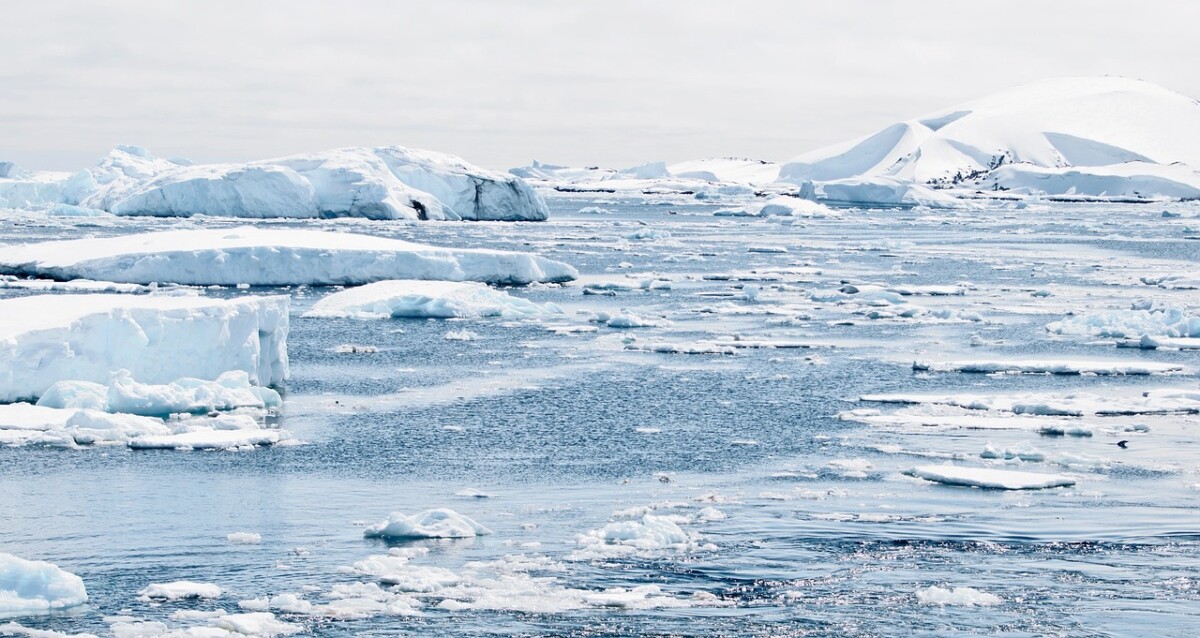The surface of the sea ice around Antarctica has sunk to a record low level, scientists say they have never seen such an extreme situation before, wrote the online edition of the British newspaper The Guardian.
Ice extent is expected to shrink even further before this summer’s melt season ends.
The impact of climate change on the melting of Arctic sea ice can be clearly seen in records dating back to 1979. However, Antarctic ice is much more variable from year to year, which has so far made it difficult to detect the impact of global warming in this region.
At the same time, the remarkable decline of Antarctic sea ice over the past six years indicates that the climate crisis is finally manifesting itself here, due to the current record heat in the ocean and changes in weather patterns.
Scientists have been concerned about Antarctic ice for some time. As early as 2014, climate models suggested that the continent’s giant West Antarctic Ice Sheet (WAIS) was doomed due to global warming.
As sea ice continues to shrink, waves are reaching ice sheets and glaciers, accelerating their disintegration and melting, researchers have warned. A recent study predicted the gradual destruction of the West Antarctic ice sheet if the global average temperature rise exceeded one degree Celsius – which has already happened. Along with this, the sea level may rise by four meters.
“The continental shelf, which is an area the size of Germany, is now completely ice-free,” explained German polar researcher Karsten Gohl aboard the research vessel Polarstern. “It is worrying how quickly this change has taken place,” he added.
“The rapid decline of sea ice over the past six years is quite remarkable, given that the ice cover has barely changed in the previous 35 years,” noted his colleague Christian Haas.
Scientists from the American National Snow and Ice Data Center also set a new record. According to them, the extent of Antarctic sea ice decreased to 1.91 million square kilometers on February 13, which is lower than the previous record of February 25, 2022.
The sea ice melts during the Antarctic summer and begins to thicken again with the onset of autumn. “In recent years, the annual minimum was measured between February 18 and March 3, so a further decrease is expected,” said the center’s researchers.
MTI


















